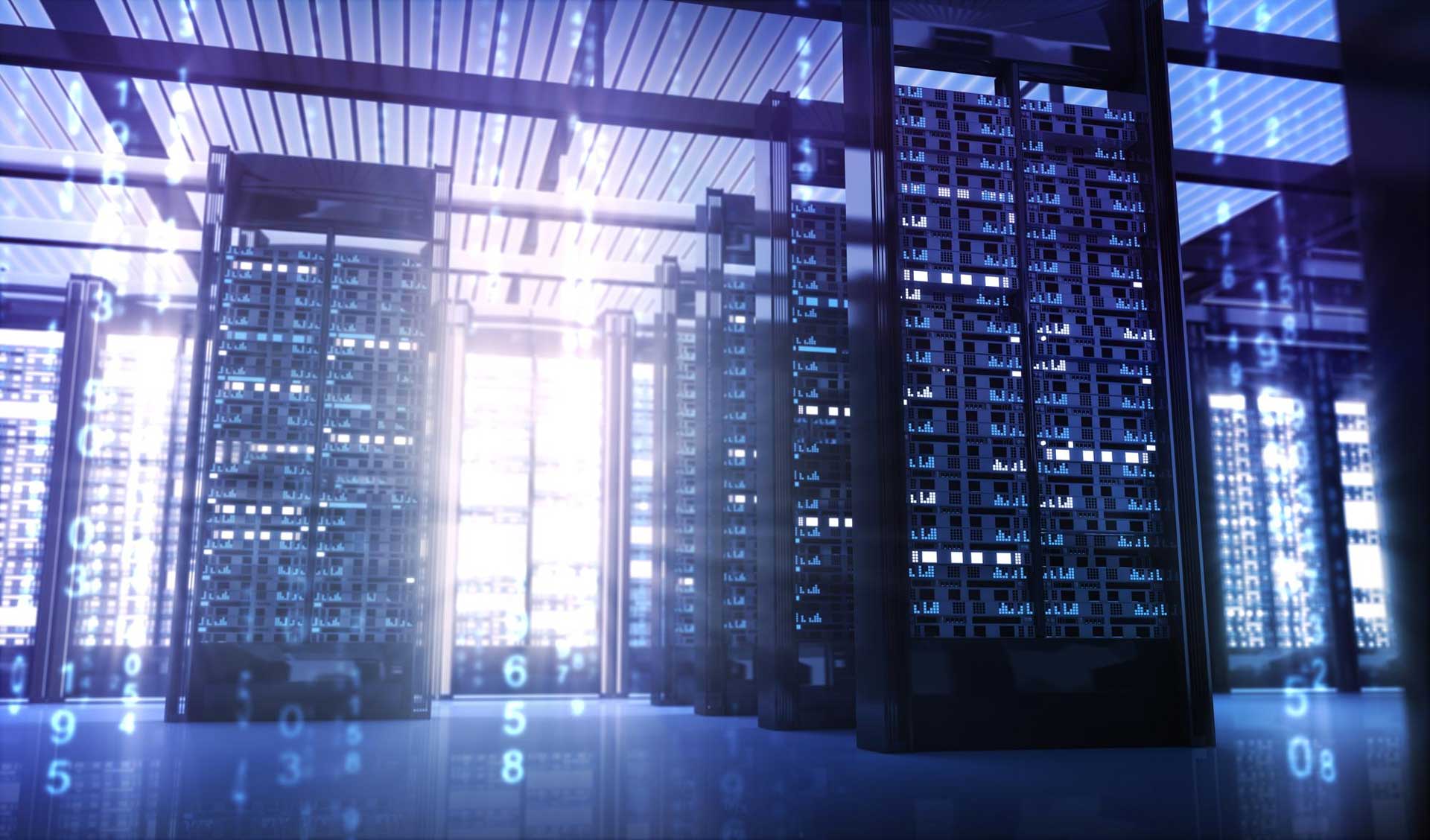Data centers are the backbone of modern digital infrastructure, powering businesses, governments, and industries worldwide. Yet, with their high dependency on uptime, even a brief disruption caused by power failure, fire, or flooding can lead to catastrophic losses.
At H&H First Consultancy, we know that resilience isn’t just a feature—it’s a requirement. That’s why we design MEP systems that keep data centers secure, operational, and future-proof, even in the face of disaster.
How do we do it? Let’s dive into the key strategies that make disaster-proofing data centers a reality.
1. Ensuring uninterrupted operations with UPS, backup generators, and modular power systems designed for reliability during outages.
The Challenge:
Power outages are one of the biggest threats to data centers, often leading to costly downtime and system failures.
The Solution:
H&H designs layered redundancy through:
- Uninterruptible Power Supply (UPS): Ensures immediate backup power during outages.
- Backup Generators: Provides extended runtime for long disruptions.
- Modular Power Systems: Scalable for growth without sacrificing reliability.
The Result:
Continuous operations, even when the grid fails—ensuring business continuity when it matters most.
2. Minimizing fire risks with gas-based suppression, early smoke detection, and zoned protection systems that preserve infrastructure integrity.
The Challenge:
Data centers are filled with sensitive electronics, and traditional water-based systems can cause more damage than the fire itself.
The Solution:
We integrate fire detection and suppression systems that are:
- Gas-Based Suppression: Minimizes damage to electronics.
- Early Smoke Detection: Detects issues before flames ignite.
- Zoned Protection Systems: Isolates affected areas, preventing spread.
The Result:
Equipment is protected while maintaining operational integrity.
3. Maintaining safe operating temperatures with redundant HVAC, liquid cooling, and energy-efficient systems, even during disruptions.
The Challenge:
Overheating can cause hardware failure and data loss, especially during power interruptions.
The Solution:
Our cooling strategies include:
- Redundant HVAC Systems: Designed with backup chillers and airflow management.
- Liquid Cooling Technologies: Targeted cooling for high-density servers.
- Free Cooling Systems: Leveraging external air for energy efficiency.
The Result:
Stable temperatures—even in emergencies—protecting equipment and maintaining performance.
4. Protecting infrastructure with raised flooring, water detection sensors, and flood barriers to mitigate risks from leaks and flooding.
The Challenge:
Flooding, whether from heavy rains or plumbing failures, poses a serious threat to electrical systems.
The Solution:
H&H employs proactive flood protection, including:
- Raised Flooring Systems: Keeps critical equipment above flood levels.
- Water Detection Sensors: Provides early warnings for leaks.
- Drainage and Barriers: Prevents water infiltration.
The Result:
A secure environment, even in extreme weather or accidental leaks.
5. Ensuring system integrity with surge protection, fault monitoring, and grounding solutions to safeguard sensitive equipment and maintain reliability.
The Challenge:
Without real-time monitoring, minor issues can escalate into major failures.
The Solution:
Our designs integrate intelligent monitoring systems that:
- Track power loads, temperature, and humidity.
- Provide instant alerts for anomalies.
- Enable remote control for faster response.
The Result:
Proactive responses prevent downtime before it starts.
Disaster preparedness in data centers requires robust MEP systems that are resilient, scalable, and proactive.
At H&H First Consultancy, we deliver solutions that don’t just react to emergencies—they prevent them. Whether it’s redundant power, fire protection, emergency cooling, or monitoring systems, we design infrastructure that keeps your operations running—no matter what.
Ready to safeguard your data center? Contact us to learn more.



